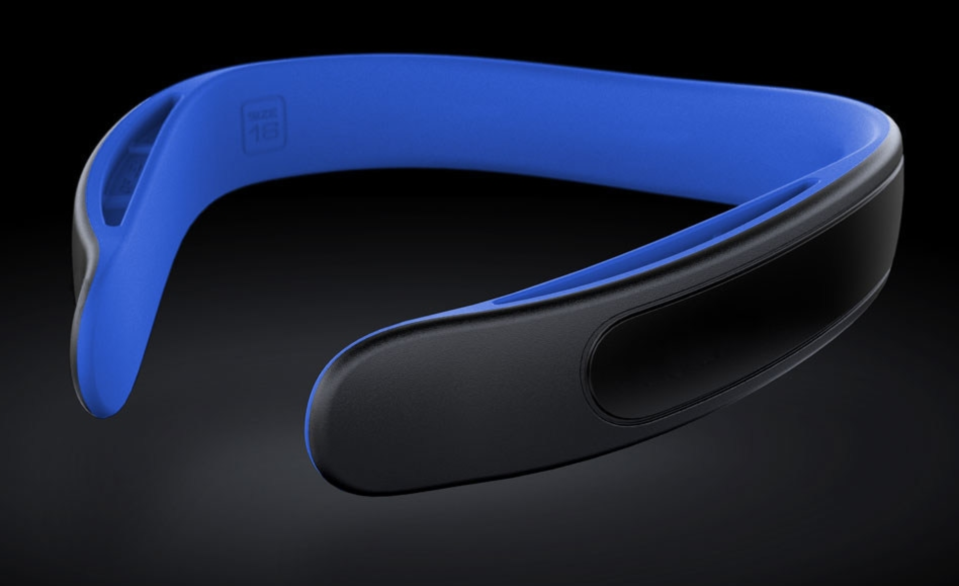Vernon Davis' mysterious neck device might save him from concussions
During Thursday night’s game between the Dallas Cowboys and Washington, viewers noticed a peculiar device on Washington tight end Vernon Davis’ neck:
I'd be lying if I said I knew what was around Vernon Davis' neck pic.twitter.com/qYAYN1hUDS
— Jake Russell (@_JakeRussell) December 1, 2017
Some thought it looked like a dog collar. Some thought it looked like Bluetooth headphones.
What it actually is – or likely is – is an experimental device, developed by research on woodpeckers and bighorn sheep, designed to prevent traumatic brain injuries.
Carolina Panthers linebacker Luke Kuechly – who, like Davis, has suffered several concussions during his career – became the first NFL player to wear the “Q Collar” earlier this season.
The device was developed by Dr. Julian Bailes, Dr. David Smith and Q30 Innovations. Here’s more from the MIT Technology Review:
The idea behind such a “collar,” which was originally inspired by studies of animals that tolerate repeated blows to the head, is to slightly increase the amount of blood in the brain and thereby cushion it in a way no helmet can, says Julian Bailes, a co-inventor of the technology.
…
Bailes, the former Pittsburgh Steelers doctor who was instrumental in first alerting the public to the neurodegenerative disease chronic traumatic encephalopathy, or CTE … says helmets fall short in protecting against injuries that occur when the brain, which floats in cerebrospinal fluid and is not connected to the skull, “sloshes” around. That led him and his colleagues to ask: “Is there any way to limit the brain’s movement and ability to slosh?”
The researchers determined that woodpeckers and bighorn sheep—both of which tolerate repetitive, high-impact blows to the head—may do so by adjusting the pressure and volume inside the skull so that their brains don’t slosh. They also looked at data on reported concussions in high school sports as well as in NFL games and found that concussion rates were roughly 30 percent lower in games played at higher altitude. This could be because the human brain tends to increase in volume at high altitude, giving it less room to move around inside the cranium, says Gregory Myer, director of the human performance laboratory at Cincinnati Children’s Hospital.
Achieving a tighter fit between the brain and the skull is the idea behind the new collar, a U-shaped device that fits snugly against the back and sides of a person’s neck. It applies gentle compression (about as much as a necktie, says Bailes) to the jugular veins, slightly reducing the amount of blood flowing back to the heart after every beat.
Here’s what the collar looks like up close:

The device is still in the experimental stages, which is why it’s not widely discussed, nor widely worn by NFL players. And it’s unlikely to be able to completely prevent concussions.
But if it can reduce them, perhaps we’ll start seeing it more around the NFL.



